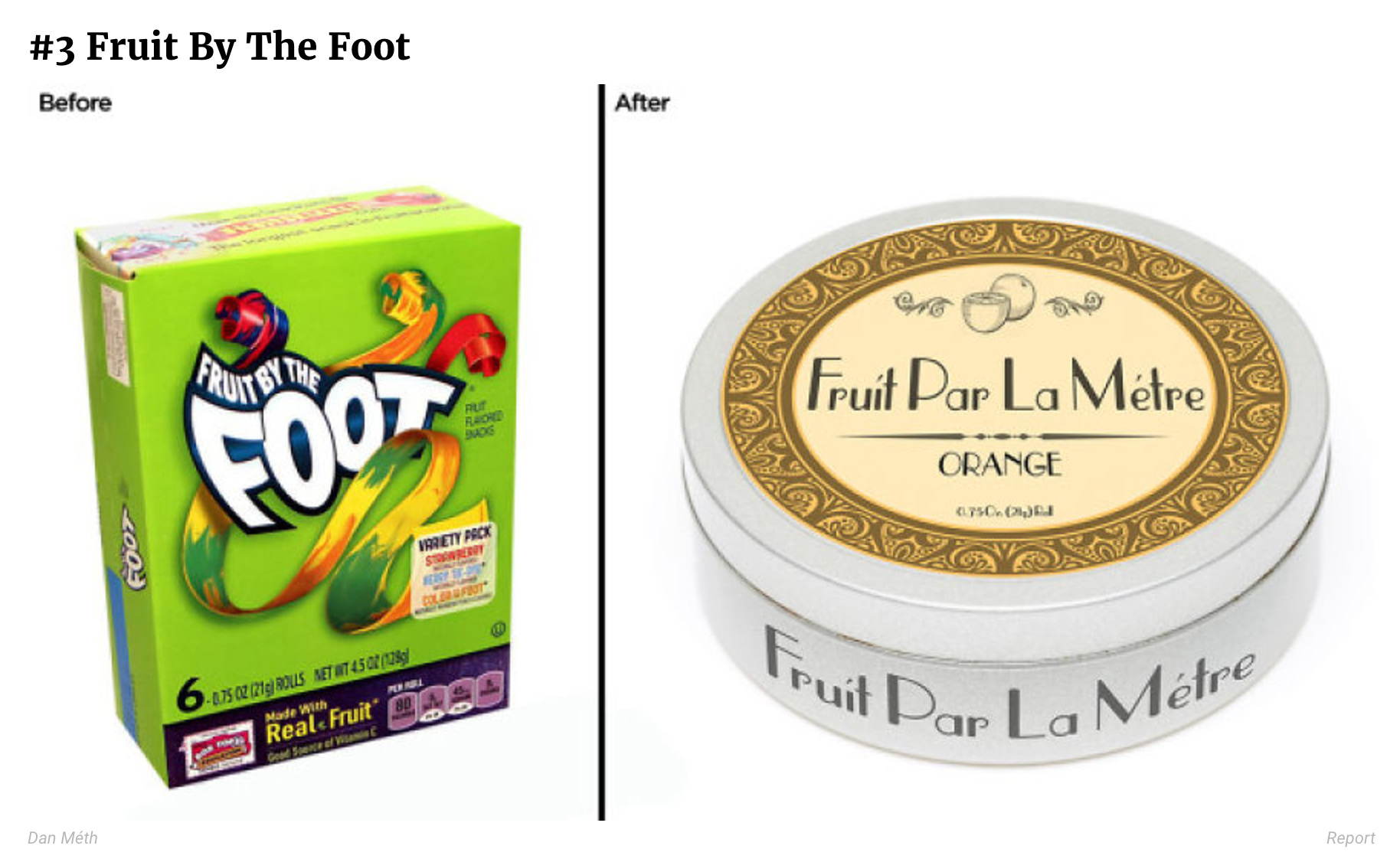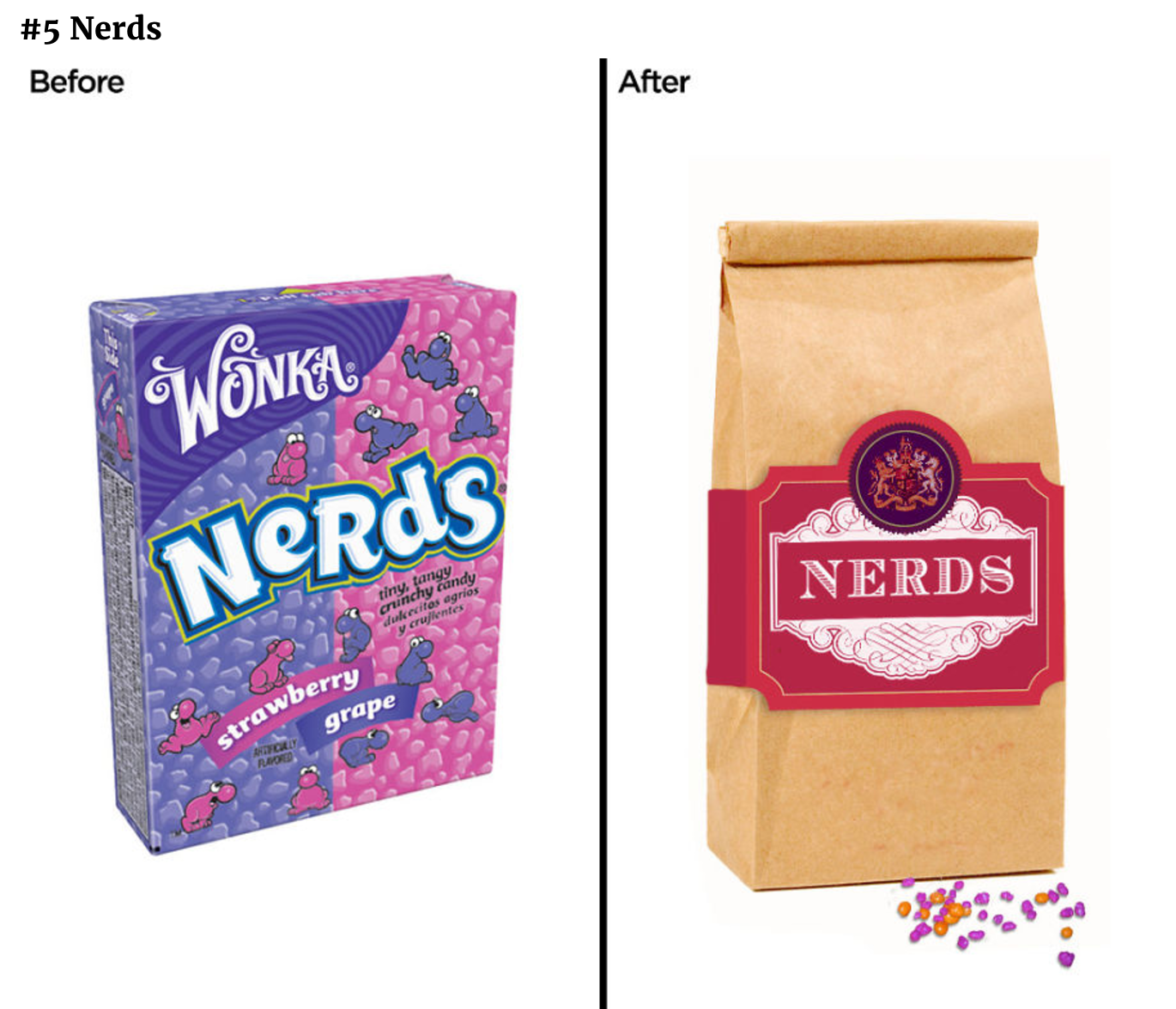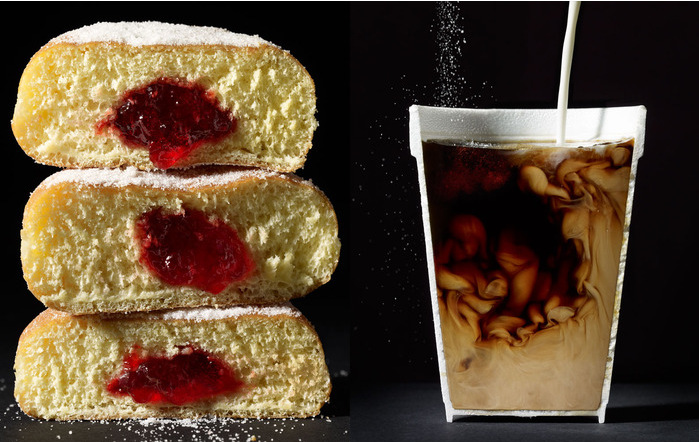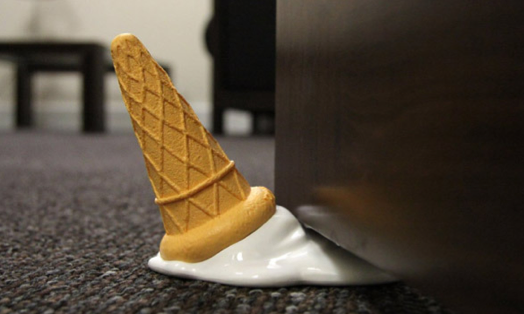favorite finds from the front lines of food
Smooth, creamy and totally worth the hype. No, I’m not talking about Mr. Hollywood.
Yes, I’m talking about the pastel de nata.
Bloomberg takes a look at why this simple yet amazing pastry is getting so much attention. It has become so popular that it has earned a spot on the Great British Bake Off contest, can cost as much as $4 in fancy cafes all while Lidl reported selling 2,000 nata an hour (in the UK) in 2018. (Bloomberg)
And while we are on the subject, this little jazz piece is just a smooth as nata from Belem.
What crop will be likely to do well in the face of climate change? The humble hazelnut, of course. In short - ‘Their deep roots search out nutrients and water, making them less susceptible to drought. Orchards hold dirt in place and keep fertilizers from washing off and fouling waterways. Nuts are also slow to spoil — which means they could be a year-round staple, rather than a seasonal treat.’ (Grist)
Impossible….Beyond….the fast food nation finally got the memo! A slough of burger brands, like Burger King, have embraced the Impossible Burger and later this week Del Taco will be launching a meatless “meat” taco line. (Vox)
Your nose knows. I have often been asked about sell by dates and have tried, often unsuccessfully, to explain that these dates are completely arbitrary and you should trust your nose. Now there is backup. (Guardian)
Want more about stopping food waste? Here you go:
http://stopfoodwaste.org/tips/eat/expiration-dates
http://time.com/5533317/food-labels-food-waste/
https://www.consumerreports.org/food-safety/how-to-tell-whether-expired-food-is-safe-to-eat/
https://www.vice.com/en_au/article/3kyekj/bogus-food-expiration-dates-make-you-waste-food
















